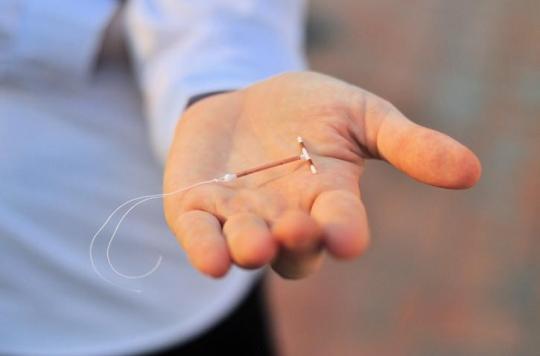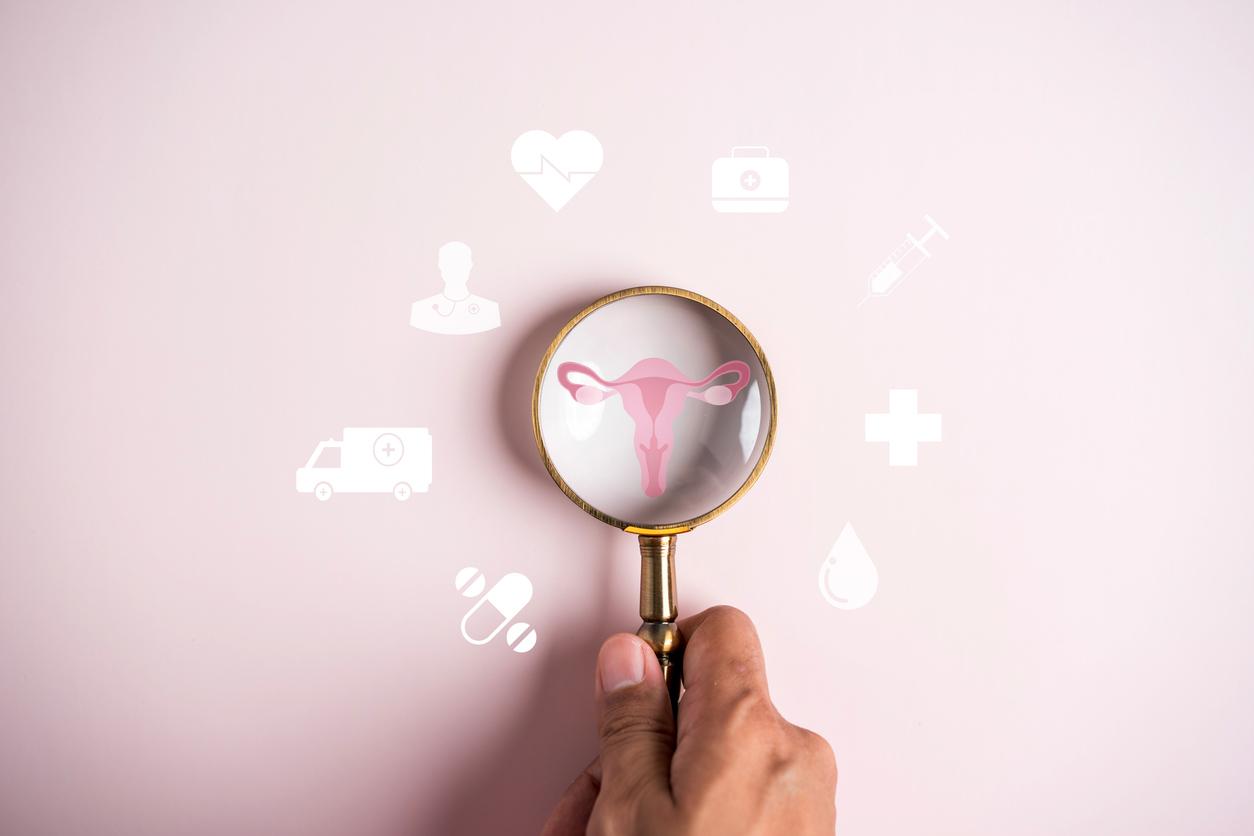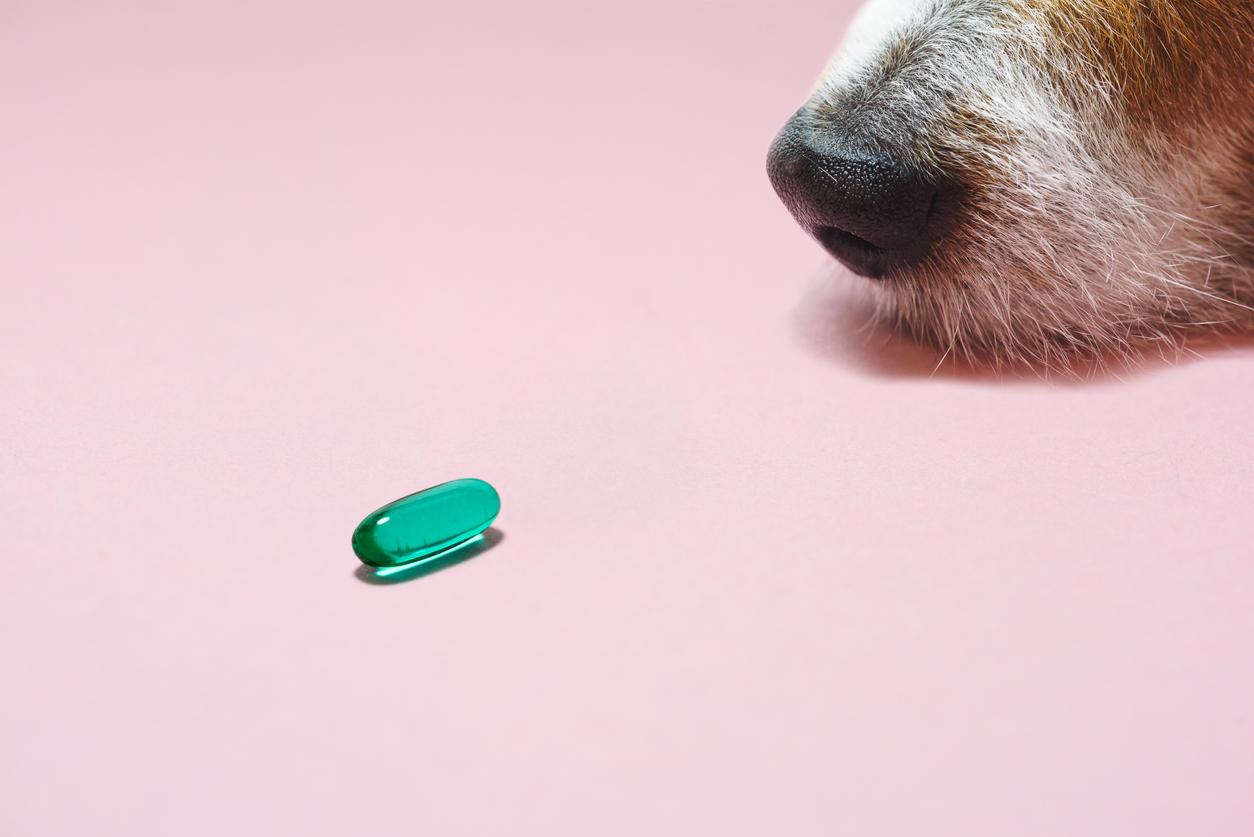Tired of being “slaves to the pill”, more and more young childless women are abandoning this oral contraceptive and preferring the IUD. But if the intrauterine device is very well tolerated by the majority, some bitterly regret having changed contraception…

The pill may still remain the most popular method of contraception today, but more and more women are choosing to drop these tablets to be taken scrupulously every day at a fixed time and opt for the IUD.
Less constraining and stressful than the contraceptive pill, the intrauterine device (IUD) has established itself in recent years as a reliable and easy-to-live-with method of contraception. No need to think about it constantly so as not to miss taking a tablet: once applied, it is forgotten for several years
Break free from the pill
What also seduce women who do not yet have children. While a few years ago, the main users of the IUD were women who had already given birth, more and more nulliparas are taking the plunge and going to their doctor’s office to have an IUD inserted, explains at 20 minutes Dr. Jean-Marc Bohbot, infectious disease gynecologist and medical director at the Alfred Fournier Institute in Paris. “
For a long time, health recommendations excluded nulliparous women, because of a risk of developing an infection, salpingitis, which could lead to sterility. But the recommendations of the High Authority for Health (HAS) and the procedure to avoid this have evolved. From now on, screening is systematically carried out beforehand to verify the absence of sexually transmitted infections (gonococcus and chlamydia) that can develop into salpingitis.
Among the young women who have been tempted by the IUD is Océane, 21 years old. Like many young women of her generation, her rejection of the pill is also partly due to the health scandal surrounding the pills of 3and and 4and generation. “I wanted to end hormones, I had been taking the pill since I was 13, so by embarking on long studies, I knew that I would not have children in the years to come”, explains the young woman, who opted for a copper IUD a year and a half ago and is very satisfied with it.
Same observation on the side of Pascaline. “I’ve had my hormonal IUD for 9 months and it’s bliss. It’s over with the low morale I had before and during my period when I took the pill, I no longer have to worry about whether I took a contraceptive or not before seeing my boyfriend. At no time do I regret this choice”, she says.
IUD intolerance: rare but painful
For other young women, however, the switch to the IUD was not so easy. In another article Daily, several of them for whom the experience proved to be particularly painful testify. “One day, a 22-year-old patient to whom I had just put an IUD had to lie down on the ground as the spasm which shook her was violent”, remembers Dr Marie-Claude Benattar.
For certain causes that still remain unexplained, women also develop IUD intolerance, although this remains extremely rare. “I took a painkiller an hour before my copper IUD was inserted, which was extremely painful,” said Ava, 30. “Then for two weeks I had horrible pain, nausea, cramps to writhe in two, diarrhea and so on.” The young woman finally decided to have her IUD removed.
Educate patients about IUD insertion
For Dr. Michèle Scheffler, gynecologist, the important thing is to listen to women’s wishes and above all to inform them well about the stages of inserting the IUD. In the absence of sexually transmitted infections (STIs) and hemorrhagic and painful menstruation, “the placement of the IUD is scheduled during menstruation, because this is the period when the cervix is the most open, this which facilitates the insertion of the IUD”.
“The gynecologist must clearly explain the advantages and disadvantages of the IUD, but also explain in detail how the installation takes place, which can be painful”, insists Dr. Benattar. “That’s why I prescribe painkillers to take the day before to relax and a painkiller to take before the pose. Because it’s not trivial: we use a speculum, forceps, we have to clean the cervix of the uterus, probe the uterus and then cross the cervix to insert the IUD, she explains. You have to be able to endure all this and bear the pain.
.















